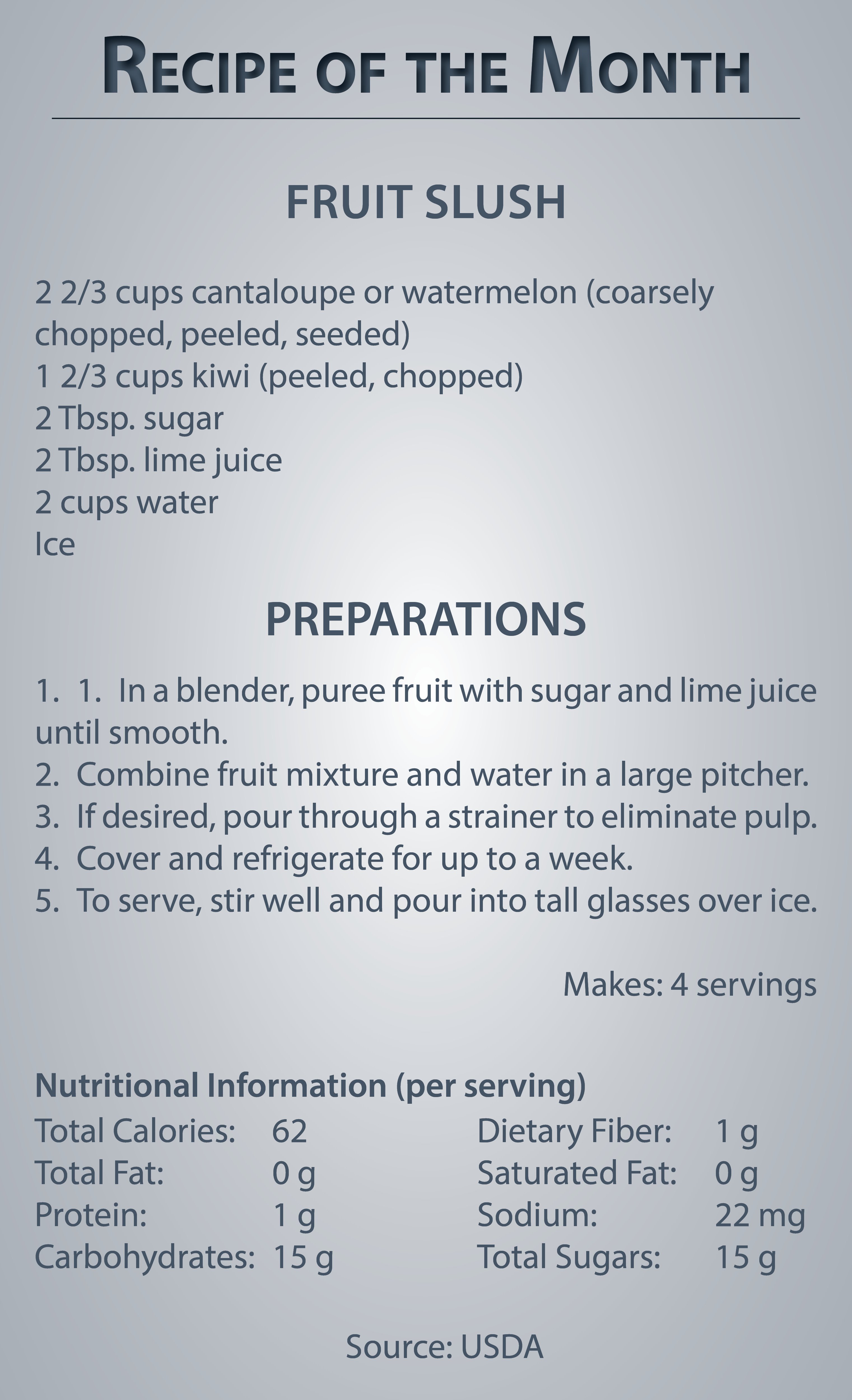1 in 5 Deaths Worldwide Associated With Poor Diets
According to a recently published study, 11 million deaths in 2017 were attributable to dietary risk factors. That total number translates to one-fifth of the world’s total deaths. The study defines dietary risk factors and poor diets as ones that are heavy in sugar, salt and trans fats.
While this study reveals startling numbers, it’s a well-known fact that eating healthy can help reduce your risk of developing chronic conditions like heart disease or Type 2 diabetes. By keeping such conditions at bay, you can maintain your overall health and be well on your way to living a long, healthy life.
Here are some tips to help you start eating healthier:
- Balance your plate with a variety of foods. Your plate should be 50% fruits and vegetables, 25% lean meat, poultry or fish, and 25% grains.
- Get a personalized eating plan. Speak with your doctor to develop a plan that will give you the amounts of each food group you need daily. Your doctor may recommend you seek out a registered dietician or nutritionist to create the best plan for you.
- Beware of sweetened drinks. Sodas and sports drinks are high in calories and sugars or sugar substitutes. Whenever possible, choose water over these drinks.
- Read food labels carefully. Make sure to always read nutrition labels to find out how healthy a particular food may be. It’s also important to check the ingredient list, which is different from the nutritional label.
For more information on how you can improve or maintain a healthy diet, contact your doctor.
Your Heart Rate: Indicator for Health and Fitness
You’ve probably noticed that your wearable fitness technology is monitoring your heart rate—but have you ever wondered why? There’s a direct relationship between your heart rate and your workout’s intensity.
Resting Heart Rate
As the name suggests, your resting heart rate is the number of times your heart beats per minute (bpm). While your resting heart rate can vary daily, the typical range is 60-100 bpm. Improving your cardiovascular health can reduce your resting heart rate.
Heart Rate and Exercise
When you’re working out, you should strive to keep your heart rate within a target heart rate zone. This target heart rate zone is 50%-85% of your maximum heart rate. To calculate your maximum heart rate, subtract your age from 220. From there, you can find out your target heart rate numbers by multiplying your maximum heart rate by your target heart rate percentage. Once you’ve calculated your maximum and target heart rates, you can use these numbers to monitor your workout’s intensity and track your fitness.

Introducing Foods Early May Help Prevent Allergies
According to a new report from the American Academy of Pediatrics (AAP), introducing allergenic foods like peanut products, fish or eggs may help prevent food allergies in infants at high risk of developing one. The report explains that when allergenic foods are given to infants as early as the age of 4 months, the immune system’s cells can take up the allergenic proteins and develop a tolerance to them.
While most infants aren’t considered to be at a high risk for developing food allergies, the report states that infants with a low or standard risk of food allergies can benefit from early introduction, too.
It’s important to remember, though, that every infant is different. For more information, consult your pediatrician.

All of us here at CoverLink wish you continued health and safety this year!
